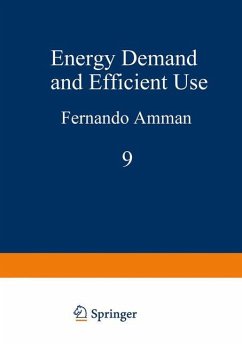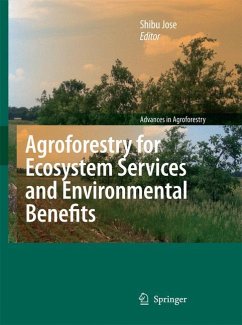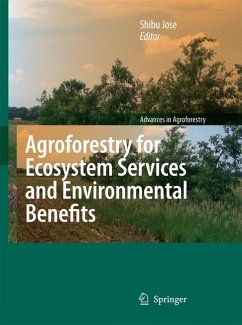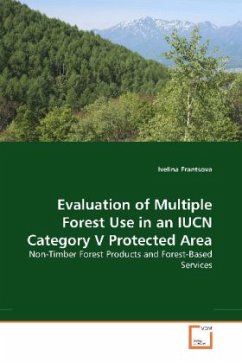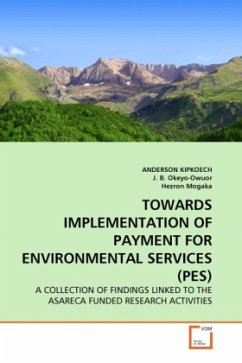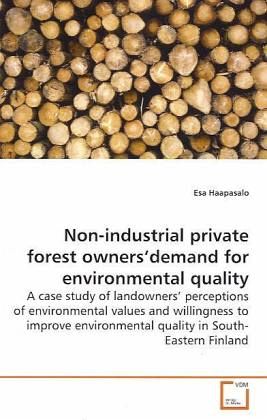
Non-industrial private forest owners demand for environmental quality
A case study of landowners perceptions of environmental values and willingness to improve environmental quality in South-Eastern Finland
Versandkostenfrei!
Versandfertig in 6-10 Tagen
39,99 €
inkl. MwSt.

PAYBACK Punkte
20 °P sammeln!
Biological diversity can be sustained in thefragmented forest environments in two ways: bypreserving small-scale forest habitats and byapplying ecological forest management practices. In Finland, where 63% of forestland area isprivately owned, private landowners willingness tocarry out these actions is of the utmost importance. We may ask How landowners perceptions of environmental valuesalter their land management objectives and inspirethem to improve environmental quality? and Whatimplication may this have on designing cost-effective policy instruments and extension services to activate and ...
Biological diversity can be sustained in the
fragmented forest environments in two ways: by
preserving small-scale forest habitats and by
applying ecological forest management practices. In
Finland, where 63% of forestland area is
privately owned, private landowners willingness to
carry out these actions is of the utmost importance.
We may ask How landowners perceptions of
environmental values
alter their land management objectives and inspire
them to improve environmental quality? and What
implication may this have on designing cost-
effective policy instruments and extension services
to activate and direct non-industrial private
forest management? The results show that
landowners annual willingness to pay (WTP) for
environmental quality varies between 0.0-0.8% of
their total annual income and between 0.4-16.0% of
their annual timber sales income. Acceptability of
alternative policy measures (other than direct
compensation) was limited. Landowners preference
grouping and forest holdings EQindex were found as
promising techniques for policy makers and forest
managers in improving client oriented and
sustainable forest management planning.
fragmented forest environments in two ways: by
preserving small-scale forest habitats and by
applying ecological forest management practices. In
Finland, where 63% of forestland area is
privately owned, private landowners willingness to
carry out these actions is of the utmost importance.
We may ask How landowners perceptions of
environmental values
alter their land management objectives and inspire
them to improve environmental quality? and What
implication may this have on designing cost-
effective policy instruments and extension services
to activate and direct non-industrial private
forest management? The results show that
landowners annual willingness to pay (WTP) for
environmental quality varies between 0.0-0.8% of
their total annual income and between 0.4-16.0% of
their annual timber sales income. Acceptability of
alternative policy measures (other than direct
compensation) was limited. Landowners preference
grouping and forest holdings EQindex were found as
promising techniques for policy makers and forest
managers in improving client oriented and
sustainable forest management planning.




